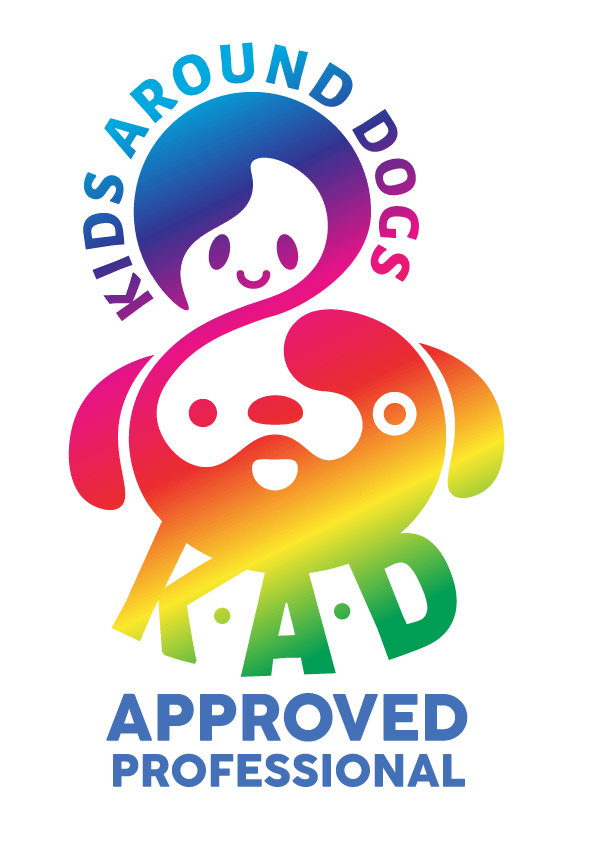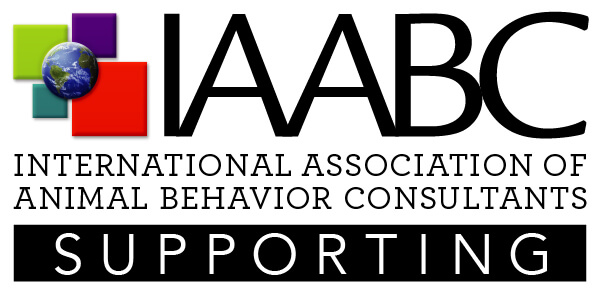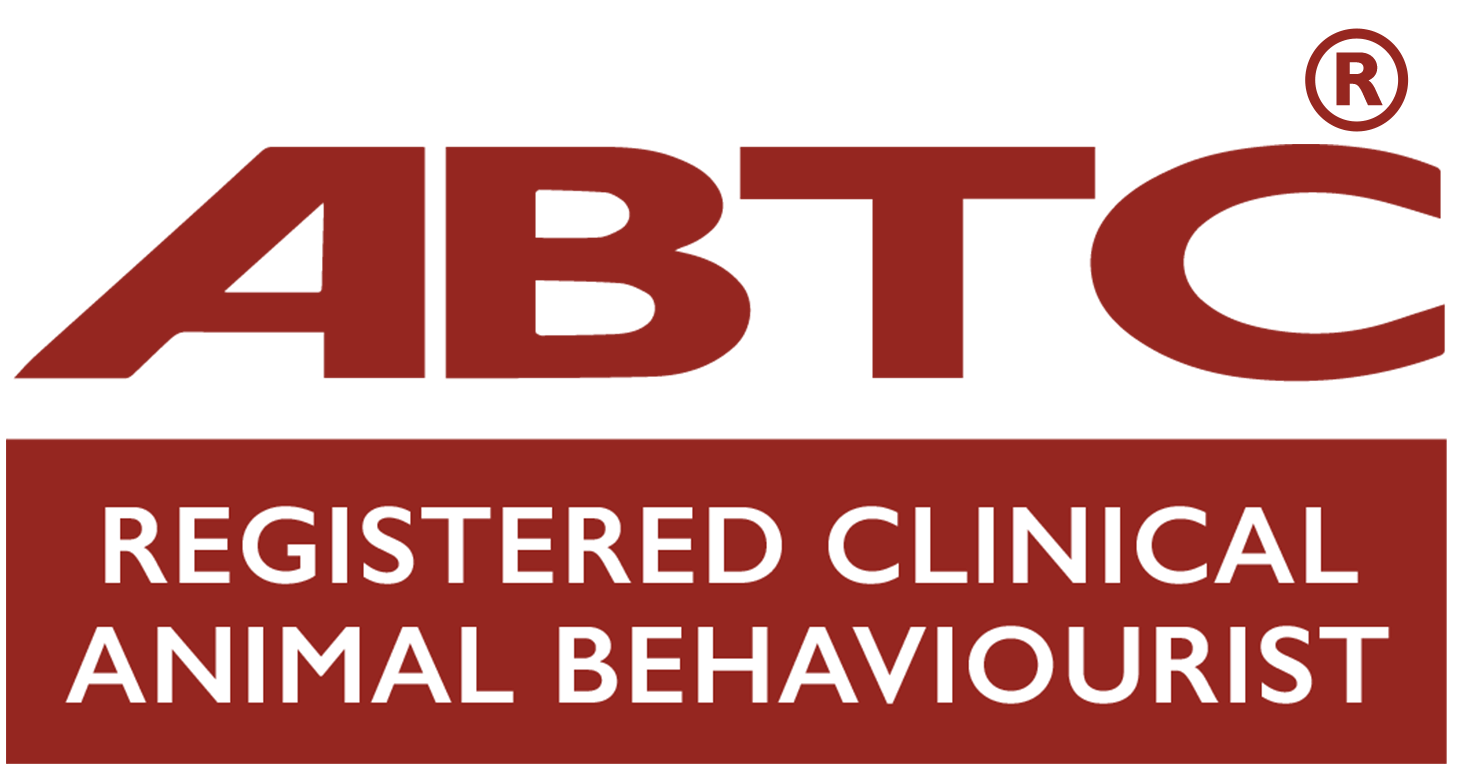A recent study has delved deep into the world of cat facial signals, revealing a fascinating tapestry of expressions that cats use to communicate everything from hostility to friendliness. And, intriguingly, we humans might have played a role in the evolution of these myriad expressions.
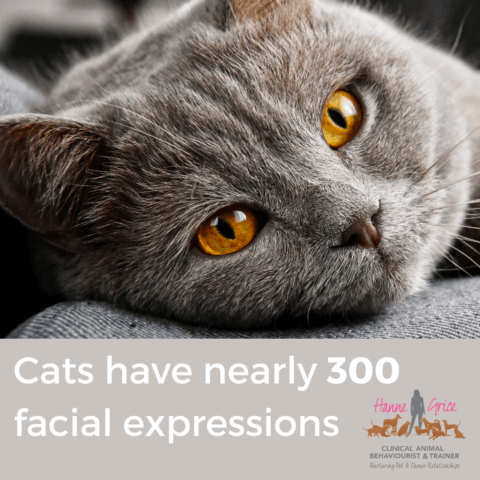
Researchers Lauren Scott and Brittany Florkiewicz embarked on a mission to understand the facial signals of domestic cats, particularly during their interactions with other cats. Conducted at the CatCafé Lounge in Los Angeles, California, the study, published in journal Behavioral Processes, observed and documented the facial signals of 53 adult domestic shorthair cats.
Key Findings
Delving into the nuances of these feline interactions, the researchers unearthed some interesting insights. Here are the key findings from their study:
- Cats have a rich variety of expressions: The study documented an astounding 276 different feline facial expressions. This range of expressions is not far off from the 357 produced by chimpanzees and is much more than previously thought possible for cats.
- Cats displayed mainly friendly or aggressive signs: A significant portion of the expressions that were recorded were either distinctly friendly (45%) or distinctly aggressive (37%). The remaining 18% were ambiguous, falling into both categories.
- Cats share similar expressions to other species: Some of the cats’ friendly expressions were similar to those made by humans, dogs, monkeys, and other animals, suggesting a possible shared “play face” across species.
- Suggested evolutionary impact: The study suggests that while domestic cats might have retained some defensive communication from their wild ancestors, they likely began to develop more friendly facial expressions as they gathered around humans over the past 10,000 years.
What does this mean for cat owners?
Understanding these facial expressions can lead to a deeper bond between cats and their owners and carers. Recognising these subtle cues and accurately interpreting these signals can help promote a more harmonious relationship with our feline friends. Such findings might also aid rescue organisations and potential adopters in choosing cats that are more likely to get along with any existing/residential pets.
This study supports previous research which highlights how feline communication is vast and intricate, and that the facial expressions of cats are deeply rooted in their social interactions and evolutionary history with humans.
References:
- Scott, L. and Florkiewicz, B.N., 2023. Feline Faces: Unravelling the Social Function of Domestic Cat Facial Signals. Behavioural Processes. [online] Available at: https://www.sciencedirect.com/science/article/abs/pii/S0376635723001419 [Accessed 1st November 2023]].
Learn more about our classes
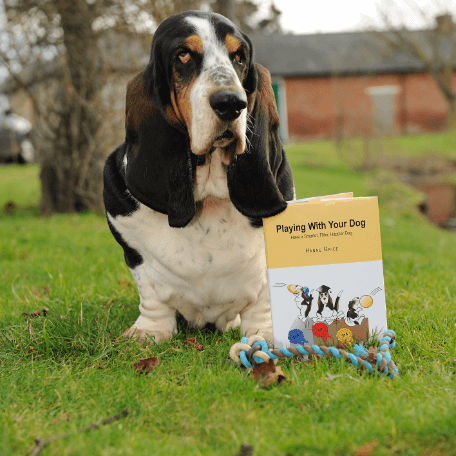
Get Hanne's Book
Playing With Your Dog will help any dog owner work out the games that are best suited for their pet to play throughout his life, from puppyhood to old age. The book also shares some tricks for all ages, group activities, and recommended toys that dogs will enjoy.















